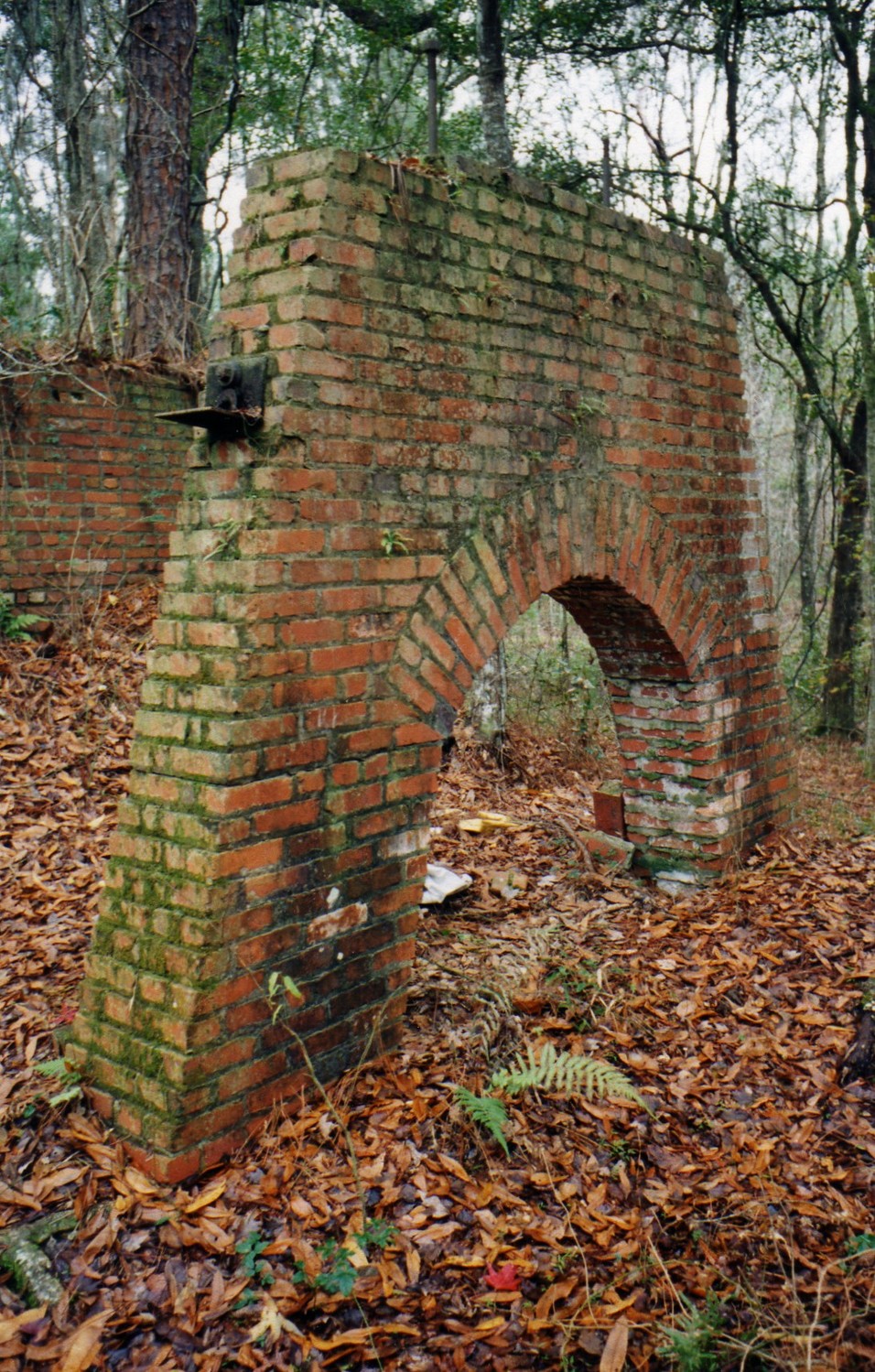Doctors Inlet was home to brickyard for almost two decades
In 1925, Jacksonville real estate developers Gamble and Stockton launched plans to build their Mediterranean style subdivision, San Marco, and began construction of a brickyard in neighboring …
This item is available in full to subscribers.
Attention subscribers
To continue reading, you will need to either log in to your subscriber account, or purchase a new subscription.
If you are a current print subscriber, you can set up a free website account and connect your subscription to it by clicking here.
If you are a digital subscriber with an active, online-only subscription then you already have an account here. Just reset your password if you've not yet logged in to your account on this new site.
Otherwise, click here to view your options for subscribing.
Please log in to continueDon't have an ID?Print subscribersIf you're a print subscriber, but do not yet have an online account, click here to create one. Non-subscribersClick here to see your options for subscribing. Single day passYou also have the option of purchasing 24 hours of access, for $1.00. Click here to purchase a single day pass. |
Doctors Inlet was home to brickyard for almost two decades
In 1925, Jacksonville real estate developers Gamble and Stockton launched plans to build their Mediterranean style subdivision, San Marco, and began construction of a brickyard in neighboring Clay County.
They shrewdly wanted to avoid heavy competition for materials from Miami developers where the design style was proving to be a roaring success. It was a perfect site with large deposits of perfectly suited clay, and adjacent to the Atlantic Coastline Railway providing inexpensive transport to their building project and the possibility of vast distribution.
At peak operation, the plant produced more than 80,000 brick and hollow core tile a day making it one of the largest manufacturing plants in the state. Almost as an afterthought the plant produced clay cups in high demand by the turpentine industry and shipped throughout the southeast.
A series of huge buckets mounted on a conveyor belt scooped chunks of rich red earth and dumped it with a damp thud into rail cars powered by teams of mules along an elevated rail track into the manufacturing area.
The clay was packed into shaped trays or forms to produce brick, hollow core tile or turpentine cups. Then, it was stacked on rail cars and progressed to the long drying tunnels. Moving out of the factory area, the cars began their slow progression through one of the long drying tunnels where it moved over continually smoldering trenches continually removing moisture.
The next step was movement by rail to the large beehive shaped kilns for the final cure. These ovens operated through the night with their coal fires constantly monitored and tended to maintain critical temperatures.
Finished product traveled by railcar along Stockton Gamble’s spur line to the nearby Atlantic Coastline Railway for dispatch north and south.
The man-made portions of the complex were a testament to the pride in craftsmanship of the builders of the times. Decorative patterns combining brick and hollow core tile were woven at the corners of the large two-story office building facing present day College Drive. Even the utilitarian arches supporting the elevated tram line were laid in the traditional English pattern popular in the early 1800s.
Although strictly utilitarian, the structures had both dignity and presence.
With the coming of the depression years in the 1930s, the company changed hands several times but continued to operate. In 1943, when owned by Florida Brick and Tile it was heavily damaged by a fire and ceased manufacturing.
For over five decades the graceful brick bones of a vast manufacturing operation sat hidden in the silent woods known only by occasional adventurous youngsters who fancied exploring and teenagers in search of a trysting place. The voracious Florida vegetation draped the scorched and broken walls with vine, saplings grew into trees to collapse the drying tunnels and soft blankets of leaves hid much of the mound for the rail line to the ovens.
Visible reminders were few. Brickyard Road ran east off today’s College Dr. and three charming red brick cottages sat along its beginning. Across the road several round domed bee hive looking structures surely puzzled newcomers. The cottages had been employee housing for critical onsite workers and the “gnome” houses” were kilns for high temperature curing.
Ironically, the road is more well-known than the factory thanks to the famous southern rock band, Lynyrd Skynyrd.








